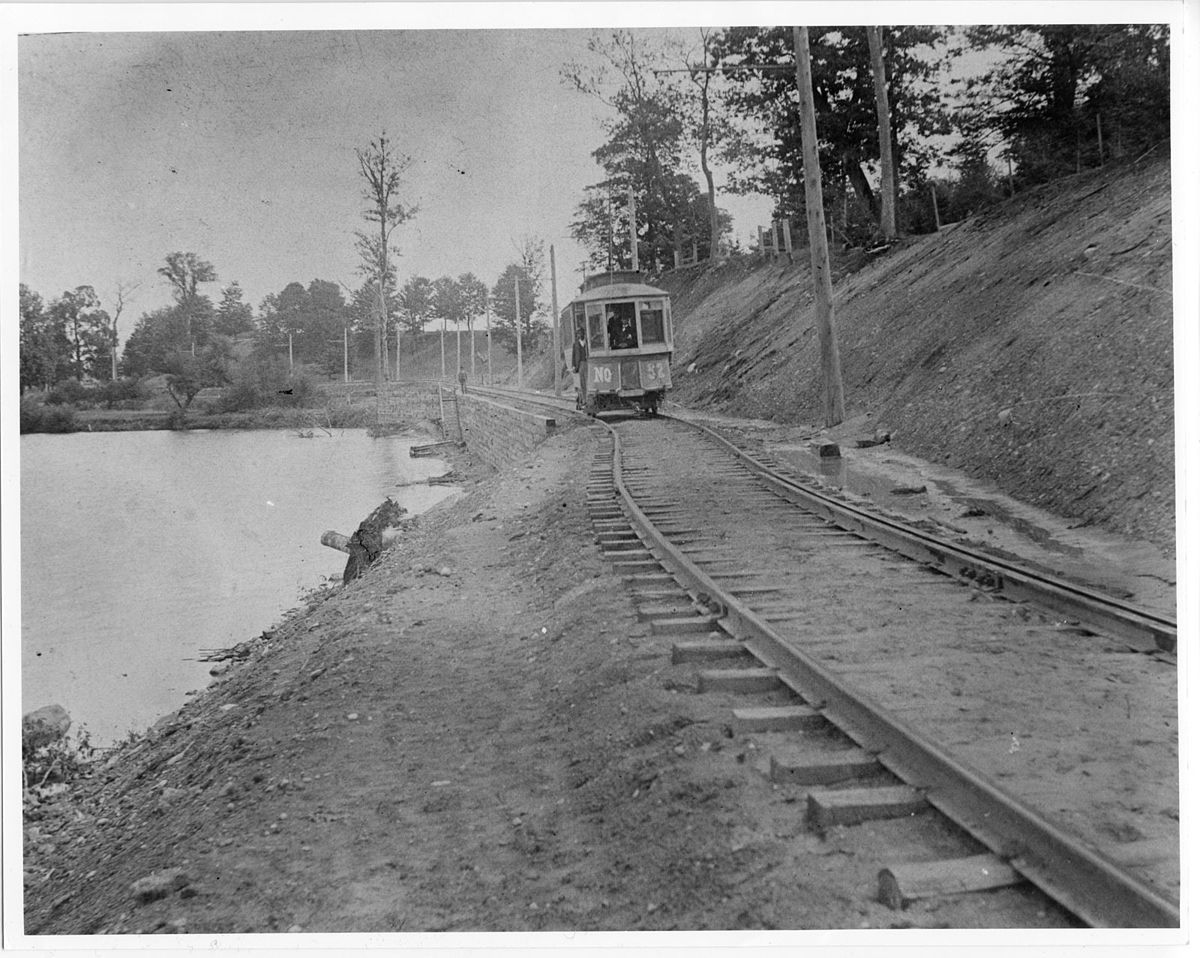Lachlan Holmes
Active Member
Pictures taken this afternoon in and around the intersection of Oxford and Highbury, which is about half a kilometre west of the edge of the main campus of Fanshawe College. This intersection has been a particular zoo through the construction but was even worse today since the active travels lanes along Highbury just this morning shifted from the west (old) side of the street to the east (newly built) side of the street. Many a car ignoring the traffic cones and driving right through the construction to get in Oxbury plaza on the southwest corner of the intersection!
PS: I think it's probably time to update the thread title to indicate that this is under construction — while not all legs of the system are being built right now, the parts that are under construction (or are completed, which I haven't gotten around to photographing yet) are decidedly beyond the "in-design" phase.
Looking east along Oxford:

Looking west along Oxford:


Looking east down Oxford to the intersection itself:


Still looking at the intersection, but now looking north up Highbury:

Looking east towards a platform for the BRT located along Highbury immediately before the route turns east onto Oxford (towards Fanshawe College). In background is (part of) the site of the former London Psychiatric Hospital, which is now slated to become Old Oak's "Legacy Village":

Looking south down Highbury. I think I managed to catch a car driving through the closed section to get into the plaza in each one of these:


Looking further south down Highbury:

Now we're back up at the intersection and looking north up Highbury, as seen from the NE corner:

Looking east down Oxford from the SE corner of the intersection. Not much construction has taken place east of the intersection, only about 50 metres or so — that is coming in one of the upcoming phases of construction (maybe the immediate next phase?):

Finally, two last looks west down Oxford, as seen from the SE corner:


PS: I think it's probably time to update the thread title to indicate that this is under construction — while not all legs of the system are being built right now, the parts that are under construction (or are completed, which I haven't gotten around to photographing yet) are decidedly beyond the "in-design" phase.
Looking east along Oxford:
Looking west along Oxford:
Looking east down Oxford to the intersection itself:
Still looking at the intersection, but now looking north up Highbury:
Looking east towards a platform for the BRT located along Highbury immediately before the route turns east onto Oxford (towards Fanshawe College). In background is (part of) the site of the former London Psychiatric Hospital, which is now slated to become Old Oak's "Legacy Village":
Looking south down Highbury. I think I managed to catch a car driving through the closed section to get into the plaza in each one of these:
Looking further south down Highbury:
Now we're back up at the intersection and looking north up Highbury, as seen from the NE corner:
Looking east down Oxford from the SE corner of the intersection. Not much construction has taken place east of the intersection, only about 50 metres or so — that is coming in one of the upcoming phases of construction (maybe the immediate next phase?):
Finally, two last looks west down Oxford, as seen from the SE corner:







